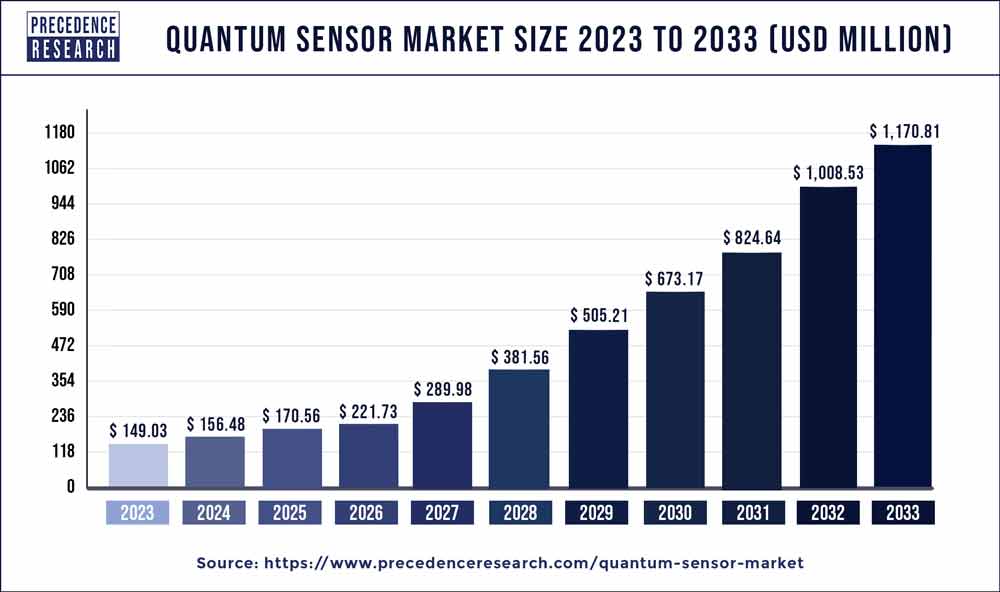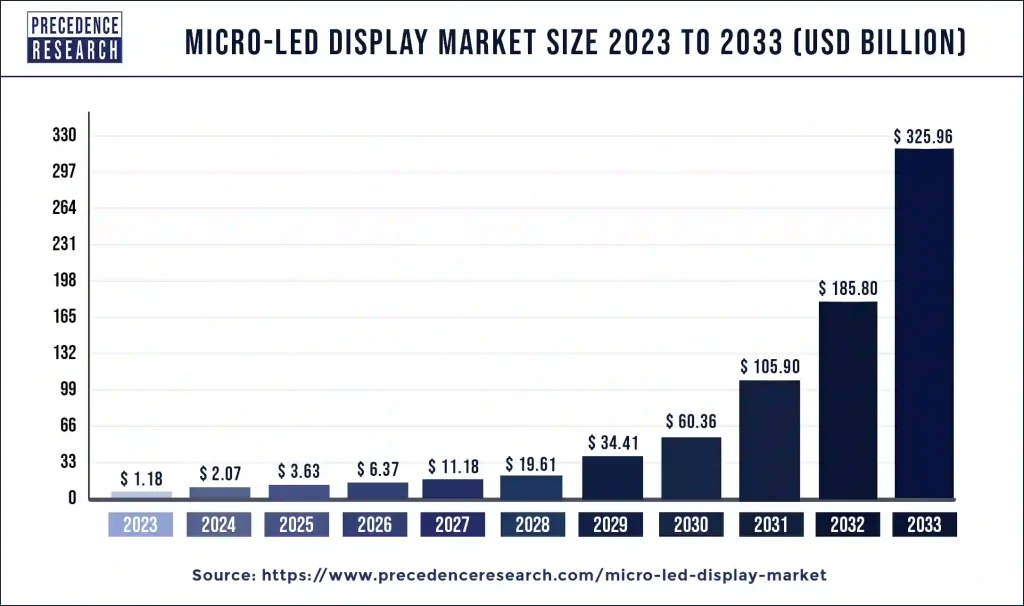The global airflow and zone control equipment market size is estimated to attain around USD 9.00 billion by 2034 from USD 5.37 billion in 2024, with a CAGR of 5.30%.

Airflow and Zone Control Equipment Market Key Points
- Asia Pacific led the airflow and zone control equipment market, accounting for the highest revenue share of 39% in 2024.
- North America is projected to register the fastest CAGR of 5.4% during the forecast period from 2025 to 2034.
- By product, the dampers segment dominated the market with a 34% revenue share in 2024.
- The airflow regulators segment is expected to experience significant growth at a notable CAGR from 2025 to 2034.
- By operation, the manual segment contributed the largest revenue share of 67% in 2024.
- Meanwhile, the automatic segment is anticipated to grow at the fastest CAGR over the forecast period.
- By application, the commercial segment held the majority revenue share of 68% in 2024.
- The residential segment is forecast to expand at the highest CAGR between 2025 and 2034.
- By deployment, the new installation segment captured the leading revenue share of 68% in 2024.
- The replacement segment is expected to grow steadily at a significant CAGR through the forecast period.
- By distribution channel, wholesale stores accounted for the largest share of 52% in 2024.
- The online segment is projected to grow at the highest CAGR from 2025 to 2034.
Airflow and Zone Control Equipment Market Overview and Growth Outlook
Airflow and zone control equipment refers to the systems and devices used to regulate air distribution, pressure, and temperature in specific zones within buildings or industrial facilities. This includes dampers, variable air volume (VAV) boxes, diffusers, actuators, and airflow sensors. These systems optimize the performance of HVAC units by ensuring that air is delivered precisely where and when it’s needed.
With growing concerns about energy efficiency and occupant comfort, the market is increasingly shifting toward smart and automated zone control systems. These technologies enable individualized climate control in different rooms or zones, leading to energy savings and enhanced indoor environmental quality. Industries such as healthcare, data centers, commercial offices, and education are actively investing in such systems to improve air quality, meet regulatory requirements, and lower utility costs.
Role of AI in the Airflow and Zone Control Equipment Market
AI is revolutionizing airflow and zone control by enabling predictive and self-adjusting climate systems. AI algorithms analyze real-time and historical data from temperature sensors, occupancy detectors, and airflow meters to optimize HVAC performance dynamically. This eliminates energy waste, reduces carbon footprints, and improves system longevity.
Smart zone control systems powered by AI can learn user preferences and adapt HVAC output accordingly, offering greater comfort and efficiency. In larger facilities, AI can manage zone prioritization and detect anomalies, such as faulty dampers or uneven airflow, before they affect overall system performance. Additionally, AI integration supports remote diagnostics and cloud-based monitoring, streamlining maintenance operations.
Airflow and Zone Control Equipment Market Growth Factors
The adoption of green building standards such as LEED and BREEAM has encouraged the integration of airflow and zone control technologies to meet energy efficiency benchmarks. The expansion of smart city initiatives and connected infrastructure also plays a significant role in driving market growth. With building owners and operators prioritizing tenant comfort and utility cost reductions, demand for advanced zone control solutions is on the rise.
The COVID-19 pandemic highlighted the importance of ventilation and indoor air quality, accelerating investments in zone-specific airflow management. This shift is especially notable in healthcare, hospitality, and educational settings where precise air circulation is crucial.
Market Scope
The market scope includes various product categories such as zone dampers, modulating actuators, thermostats, airflow control panels, VAV terminals, and smart controllers. These products are used across diverse applications including residential homes, commercial buildings, hospitals, industrial complexes, and government facilities.
| Report Coverage | Details |
| Market Size by 2034 | USD 9.00 Billion |
| Market Size in 2025 | USD 5.65 Billion |
| Market Size in 2024 | USD 5.37 Billion |
| Market Growth Rate from 2025 to 2034 | CAGR of 5.30% |
| Dominating Region | Asia Pacific |
| Fastest Growing Region | North America |
| Base Year | 2024 |
| Forecast Period | 2025 to 2034 |
| Segments Covered | Type, Technology, Component, End Use, and Region |
| Regions Covered | North America, Europe, Asia-Pacific, Latin America, and Middle East & Africa |
The integration of these systems with building automation platforms broadens their utility, allowing central control, predictive maintenance, and data analytics. Innovations in wireless connectivity and sensor technology are expanding the scope of retrofitting older buildings with modern airflow systems.
Market Drivers
A key driver is the demand for energy-efficient HVAC systems, propelled by regulatory mandates and high electricity costs. Increasing awareness about indoor air quality, especially in response to pollution and airborne pathogens, is boosting demand for zonal airflow solutions.
Technological advancements such as IoT-enabled thermostats and variable-speed fans are making it easier to implement zone control in both new and existing buildings. Moreover, government incentives and policies promoting energy conservation are encouraging widespread adoption.
Market Opportunities
There is tremendous potential for growth in emerging markets where commercial real estate is expanding rapidly. Retrofitting old HVAC systems with zone control equipment offers a massive opportunity, particularly in Europe and North America.
Opportunities also lie in integrating zone control systems with AI-powered building management platforms. Manufacturers can further differentiate by offering scalable solutions tailored for different sectors like retail, healthcare, or high-tech manufacturing, where precision airflow control is mission-critical.
Market Challenges
The market faces challenges related to high initial installation costs and the complexity of retrofitting older HVAC systems. Limited awareness among small and medium building operators about long-term energy savings can also hinder adoption.
Integration compatibility with legacy systems and lack of standardized communication protocols across brands may complicate installation and maintenance. Additionally, the need for skilled technicians to design and commission complex zone control solutions remains a constraint.
Regional Outlook
North America is a dominant market due to early adoption of smart building technologies, supportive regulations, and high consumer awareness. The U.S. is particularly active, driven by state-level energy efficiency standards and federal initiatives to decarbonize buildings.
Europe follows closely, with countries like Germany, France, and the UK pushing energy conservation through updated building codes and retrofit programs. Asia-Pacific is emerging rapidly, led by urban development in China, Japan, and India where smart city initiatives and rising middle-class demand are fueling HVAC modernization.
The Middle East and Africa are gradually adopting zone control solutions in commercial and luxury residential segments, especially where climate extremes necessitate efficient cooling. Latin America shows steady growth, aided by commercial sector investments and industrial expansion.
Competitive Landscape
The market is highly competitive with key players focusing on innovation, energy savings, and integration capabilities. Prominent companies include
- Panasonic Corporation
- Carrier
- Broan-NuTone, LLC
- Zehnder America
- Daikin Industries, Ltd.
- Greenheck Fan Corporation
- Ruskin
- Aldes Group (American Aldes Ventilation Corporation)
- Trane Technologies
- RenewAire
- S&P USA Ventilation Systems, LLC
- Zonex Systems
- Arzel Zoning
- Aprilaire
Future Outlook and Trends
Looking ahead, the airflow and zone control equipment market will be driven by sustainability, automation, and AI integration. Future systems will offer self-learning capabilities, remote diagnostics, and predictive performance insights. Demand for wireless, plug-and-play solutions will grow, especially in residential and small commercial buildings.
The increasing use of digital twins and building information modeling (BIM) will enable better system planning and optimization. Industry stakeholders are expected to focus on user-friendly designs, cloud connectivity, and compatibility with carbon-neutral infrastructure.
Segments Covered in the Report
By Product
- Dampers
- VAV (Variable Air Volume)
- Airflow Regulators
- Zoning Panels
- Others
By Operation
- Manual
- Automatic
By Application
- Commercial
- Residential
- Industrial
By Deployment
- New Installation
- Replacement
By Distribution Channel
- Online
- Retail Stores
- Wholesale Stores
- Others
By Region
- North America
- Europe
- Asia Pacific
- Latin America
- Middle East & Africa
Read Also: Space Based Network Market Size to Attain USD 62.08 Billion by 2034
Get this report to explore global market size, share, CAGR, and trends, featuring detailed segmental analysis and an insightful competitive landscape overview @ https://www.precedenceresearch.com/sample/6232
You can place an order or ask any questions, please feel free to contact at sales@precedenceresearch.com|+1 804 441 9344

